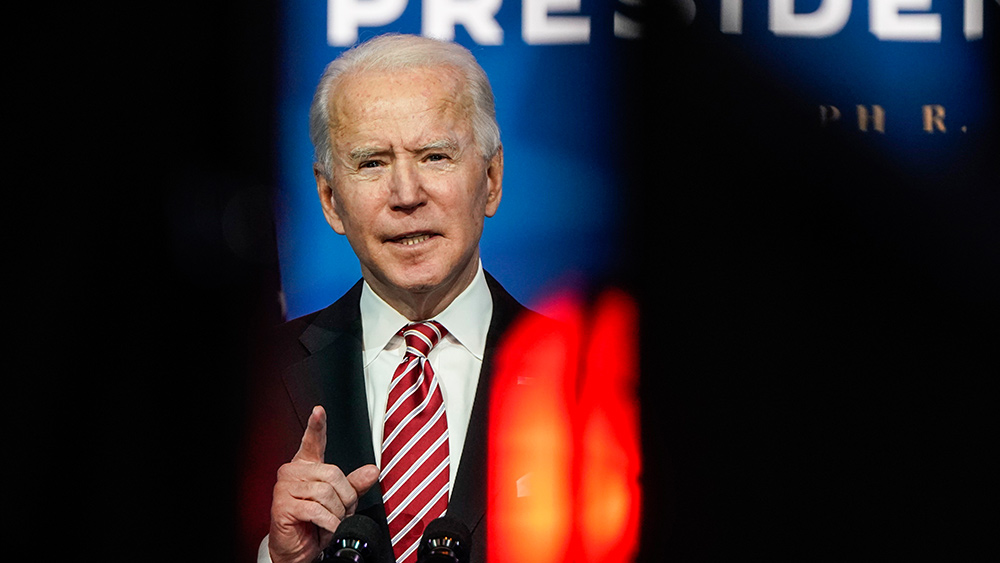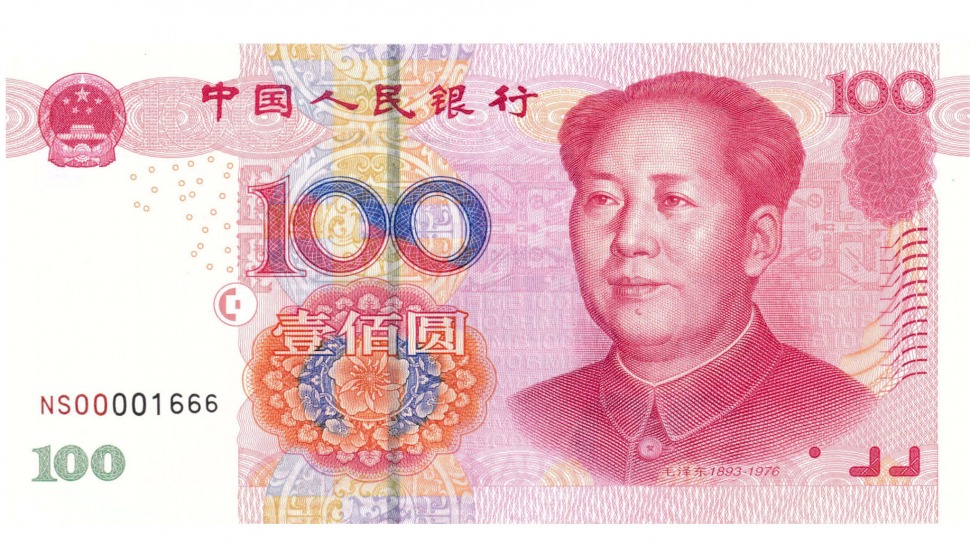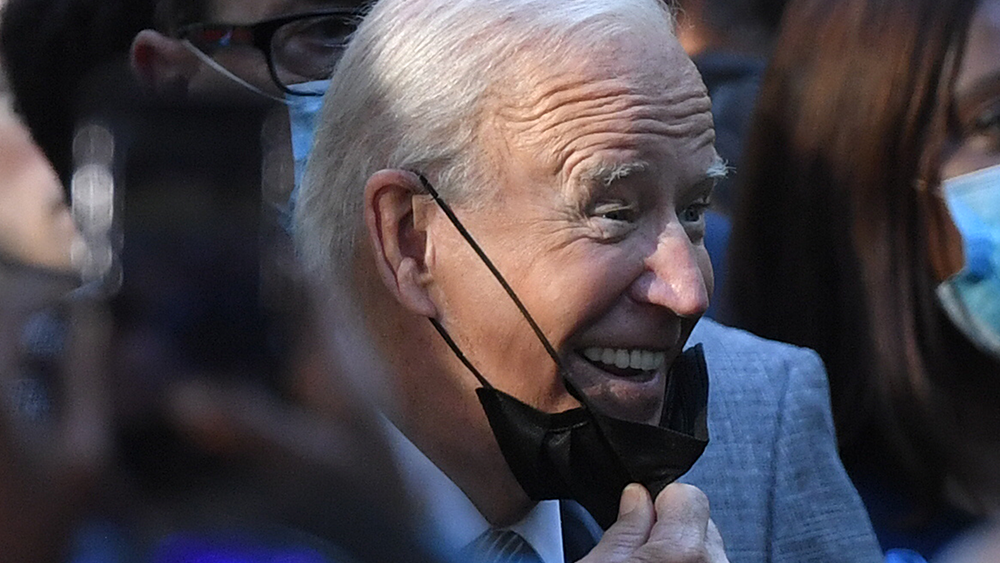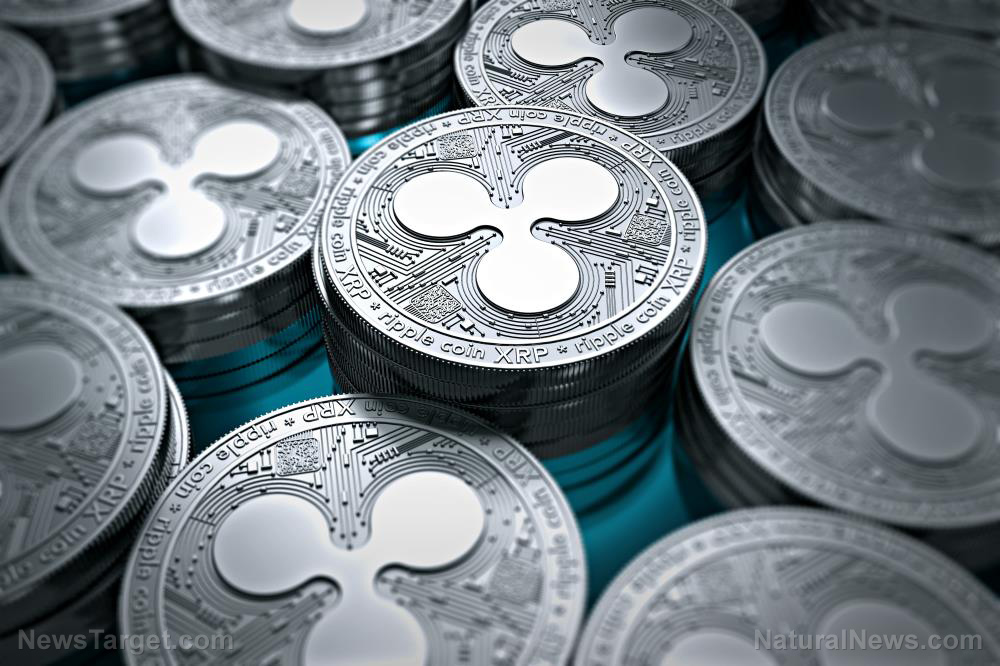Foreign currency deposits in Chinese banks surpass $1T
06/28/2021 / By Nolan Barton
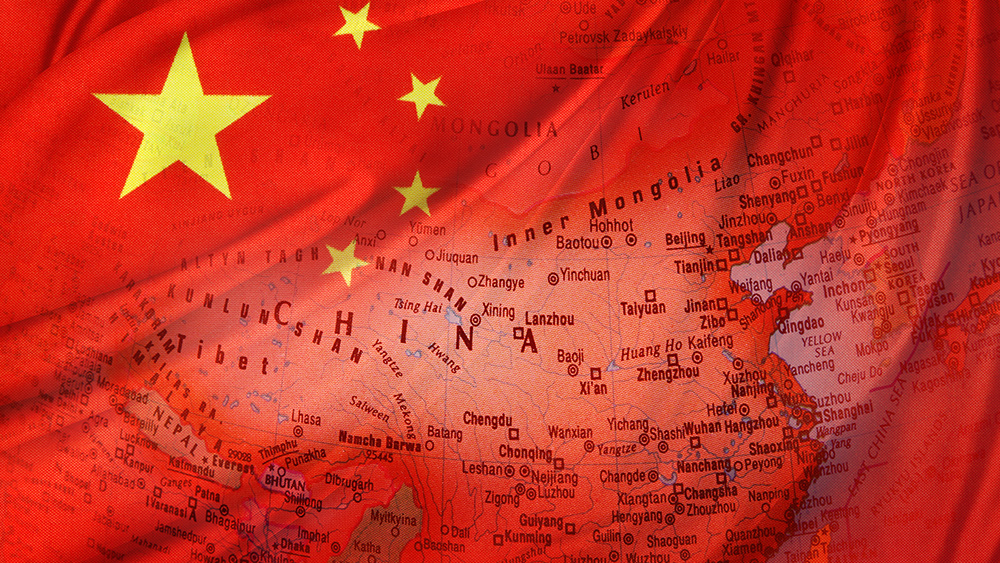
Foreign currency deposits in Chinese banks have surpassed $1 trillion for the first time.
The pool has been growing especially during the coronavirus (COVID-19) pandemic as surging demand for Chinese goods beefed up foreign earnings of local exporters. China’s resilient economy and strengthening currency have also lured overseas investors to sell dollars for yuan to buy Chinese stocks and bonds.
Bank deposits in foreign currencies increased by more than $260 billion in the 12 months through May, the most in any comparable period since 2002.
Opportunity for China to relax two-way capital flows
This creates an opportunity for China to allow greater freedom for capital to flow out of the country.
Chinese banks don’t have many channels to use their foreign exchange. One way is to sell it onshore, but that puts more pressure on the yuan to strengthen. The currency is already trading near a five-year high against a basket of its peers – adding urgency for China to reform its foreign-exchange market and ease capital controls, moves that will act as a pressure-relief valve by letting local investors buy more overseas assets.
“Strong capital inflows offer a good window for China to carry out capital-account reforms and relax two-way capital flows,” said Linan Liu, greater China macro strategist at Deutsche Bank AG in Hong Kong. “I expect further relaxation of capital outflows via investment schemes.”
According to the People’s Bank of China (PBOC), China’s commercial lenders had a record $1.38 trillion of foreign exchange by the end of May, with the majority being held in deposits. Lenders used most of the cash to make loans to firms onshore and overseas, the data showed. The PBOC’s foreign reserves also rose to a five-year high last month.
The accumulation was a result of rapid capital inflows. Foreign investors snapped up 1 trillion yuan ($154 billion) of onshore bonds over the past year, attracted by the relatively high yields on yuan-denominated debt. At the same time, China’s exports surged as its factories returned to operation while the rest of the world was still mired in the pandemic – boosting its trade surplus to a record.
Too strong yuan may hurt Chinese exporters
As a result of the inflows, dollar deposit rates in China have been pushed down to near all-time lows – levels that are only about a third of the equivalent funding costs in the U.S. itself. That divergence is motivating banks to buy the yuan versus the dollar, a situation that is causing concerns for China.
Too strong currency may invite hot money inflows and hurt Chinese exporters. The onshore yuan gained for a third straight session on Friday, rising as much as 0.3 percent. (Related: Bit-Yuan? China creates its own digital currency.)
The PBOC is already taking steps to reduce dollar liquidity, including easing capital controls put in place following currency devaluation six years ago. The central bank has increased the quota for investors to buy overseas assets to a record in June, and is expected to establish a trading link for wealth products between the mainland and Hong Kong.
An announcement allowing Chinese investors to buy bonds in Hong Kong is also expected soon, according to reports.
“Some officials may see the foreign-exchange liquidity as a feather in China’s cap, and some may worry that the surge is flighty,” said George Magnus, a research associate at Oxford University‘s China Center. “It’s fine when the flows are coming in, but a big problem for financial stability when they try and go the other way.”
According to Magnus, the increase in dollar deposits is “random and most likely temporary,” and will slow when other nations recover from the COVID-19 pandemic.
While it persists, the situation offers an opportunity for China to implement reforms and loosen its grip over its tightly controlled capital borders.
“China will take the chance of flush dollar liquidity to make its cross-border flows more balanced,” said Becky Liu, head of China macro strategy at Standard Chartered Plc in Hong Kong. “Policy makers in the coming two to three years will keep widening channels for funds to leave the country.”
Follow Bubble.news for more news and information related to the stock market and economy.
Sources include:
Tagged Under: banking, banks, capital flows, Chinese banks, coronavirus, covid-19, covid-19 pandemic, dollar deposit rates, dollar deposits, dollar liquidity, finance, foreign currency, foreign exchange, foreign investors, foreign-exchange market, macro strategist, pandemic, risk
RECENT NEWS & ARTICLES
COPYRIGHT © 2017 RISK NEWS

